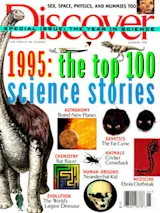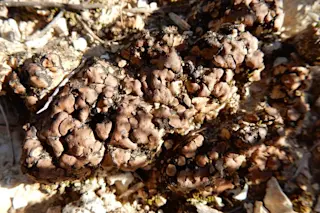Excitement over the new planet in Pegasus couldn’t obscure another important astronomical discovery made in 1995: the best evidence yet for the existence of brown dwarfs. With a mass less than 8 percent that of our sun, these dim bulbs have been a sort of missing link between normal stars and planets--and perhaps, some astronomers have hoped, part of the missing mass, also known as dark matter, that is needed to make sense of the universe. Astronomers have been hunting brown dwarfs as long as they’ve been hunting extrasolar planets. But 1995 was a watershed.
Compared with normal stars and their steady brightness, brown dwarfs are dim and getting dimmer. Most of their light comes from the glow of hot gases compressed by gravitational contraction, a process that began with the star’s birth in an interstellar cloud. Although nuclear fusion may ignite in the star’s core, it never kicks in ...














